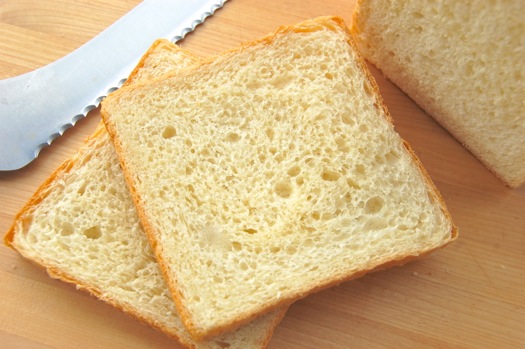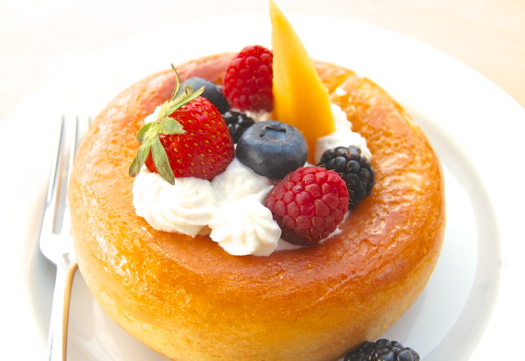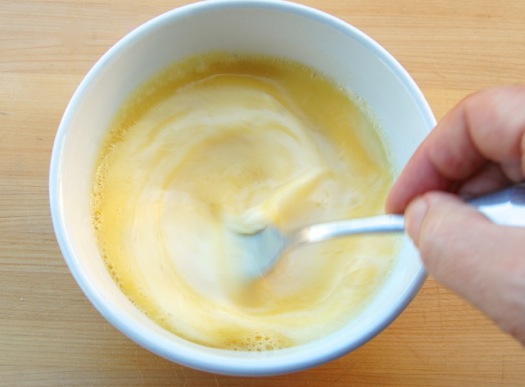In Praise of White Bread

Joe, I don’t like white bread. Yes you do. If you like bread, you like white bread. You might not like it when it’s pre-sliced and sold in plastic bags at the supermarket, but you like it in other shapes and circumstances, I’ll bet you money. If you like baguettes, focaccia, pita bread, fougasse, bagels, brioche, flour tortillas, naan, bialys, pretzels, pizza, pancakes, matzoh, ciabatta, sourdough bread, English muffins, olive bread, chapati, challah, lavash, breadsticks or dinners rolls, you like white bread. In fact if you prefer wheat or rye I’d still argue that you like white bread, because if that loaf is at all light and fluffy, it’s probably made with a least 50% white flour.
READ ON



